Wandering San Cristobál de las Casas
Mustard-yellow Catedral de la Cristóbal stands in Plaza del Paz with Cruz Atrial, a cross, solitary in the middle of the cobbled square. It’s a good spot to get your bearings. Discover back streets of colourful buildings with their contrasting window and door frames lining narrow stone footpaths knee to shin high above the road level. Behind wooden doors glimpse big courtyards, or garages which open through to homes and greenery. For good views of the town visit Guadalupe Church and San Cristóbal Church both on high points at either end of town.
There are several pedestrianised streets in the central area which are rather touristy with bars, restaurants and cafés. Spend time people watching seated out on the pavement during the day. At night, the streets of Real de Guadalupe and Miguel Hidalgo are especially lively.
Not only are there handcrafts laid out on pavements and in plazas, but the Mercado de Artesanias de Santo Domingo, a colourful outdoor market surrounding Iglesia Santo Domingo, is packed with indigenous crafts. It’s open daily.
Hundreds of handwoven textiles are on display along with videos showing the traditional weaving process and how the clothing is made at Centro de Textiles del Mundo Maya – the Mayan Textiles Museum. On the upper floor of the former convent of Santo Domingo de Guzmán, Av. 20 de Noviembre s / n., it’s open Tuesday to Sunday, 9a.m. to 5.45p.m., while a store there opens 9a.m. to 2p.m. and 4 to 6p.m.
Traditional textiles can also be seen at Casa Na Bolom, located in a nineteenth century home. It also holds thousands of books on the region’s culture and history including information on the indigenous Maya people of the Lacondon jungle, the only indigenous group who escaped Spanish colonists.
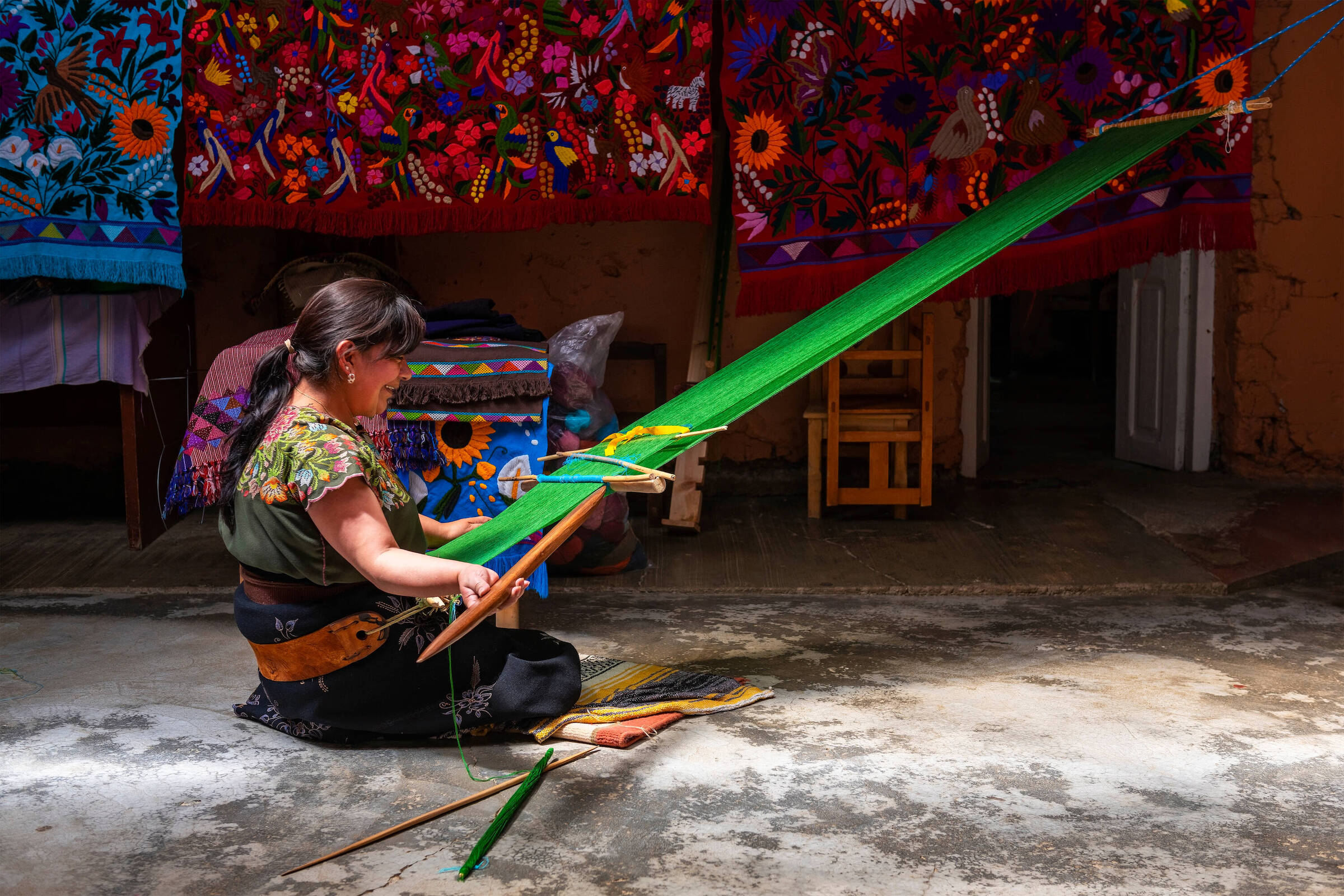
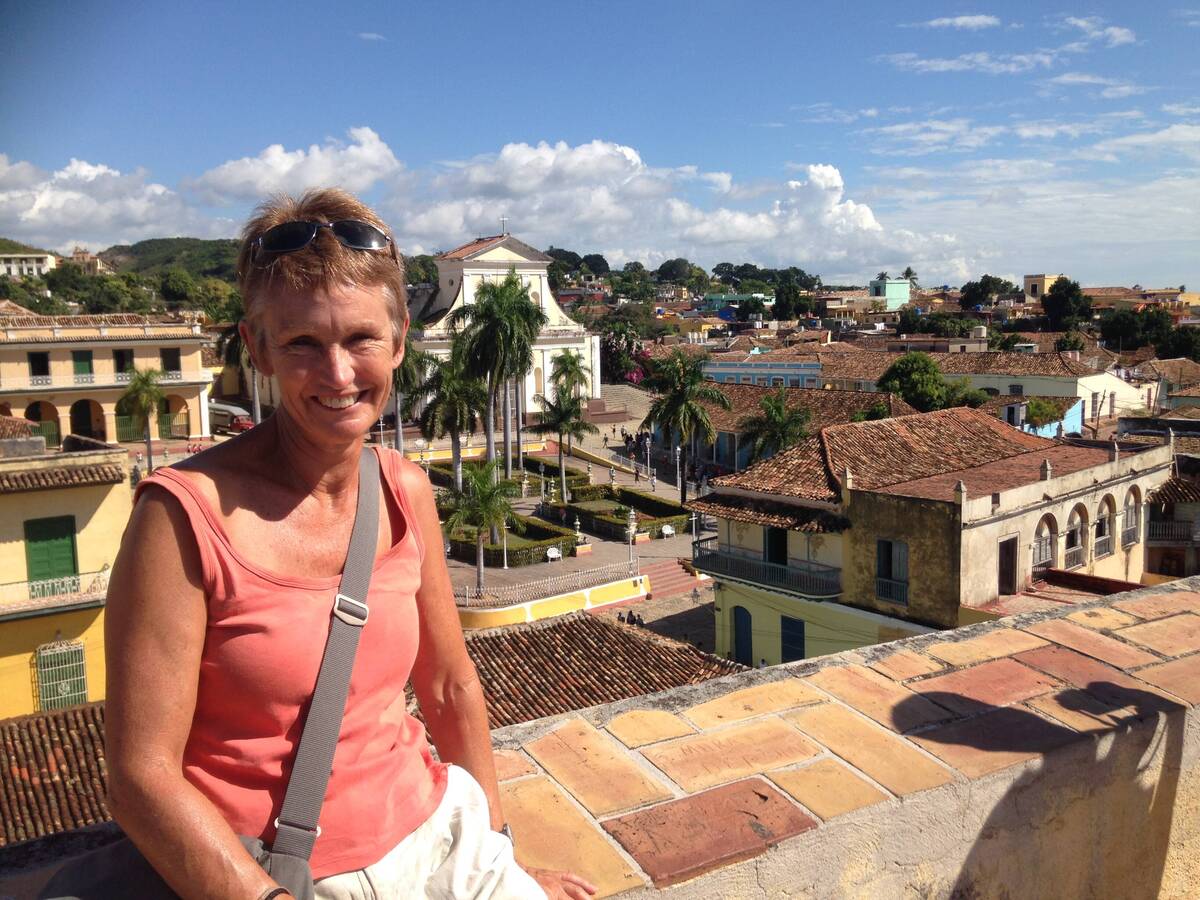

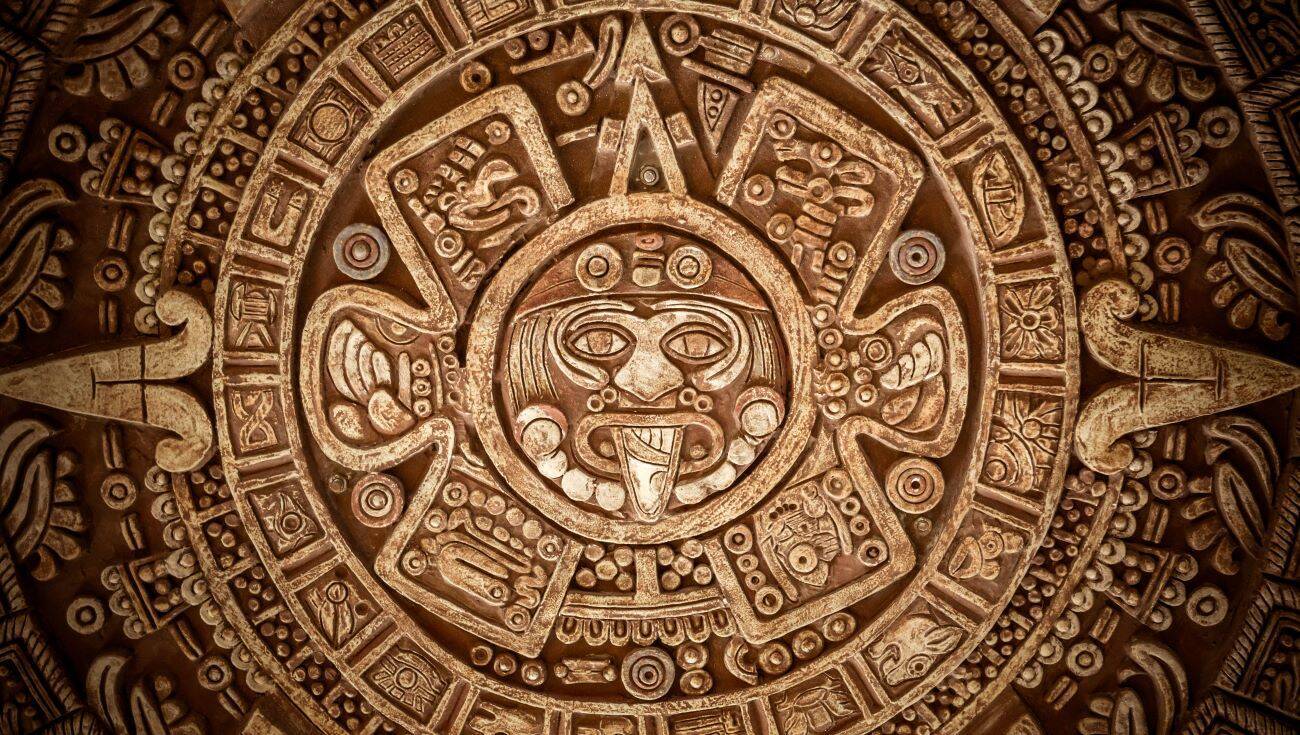
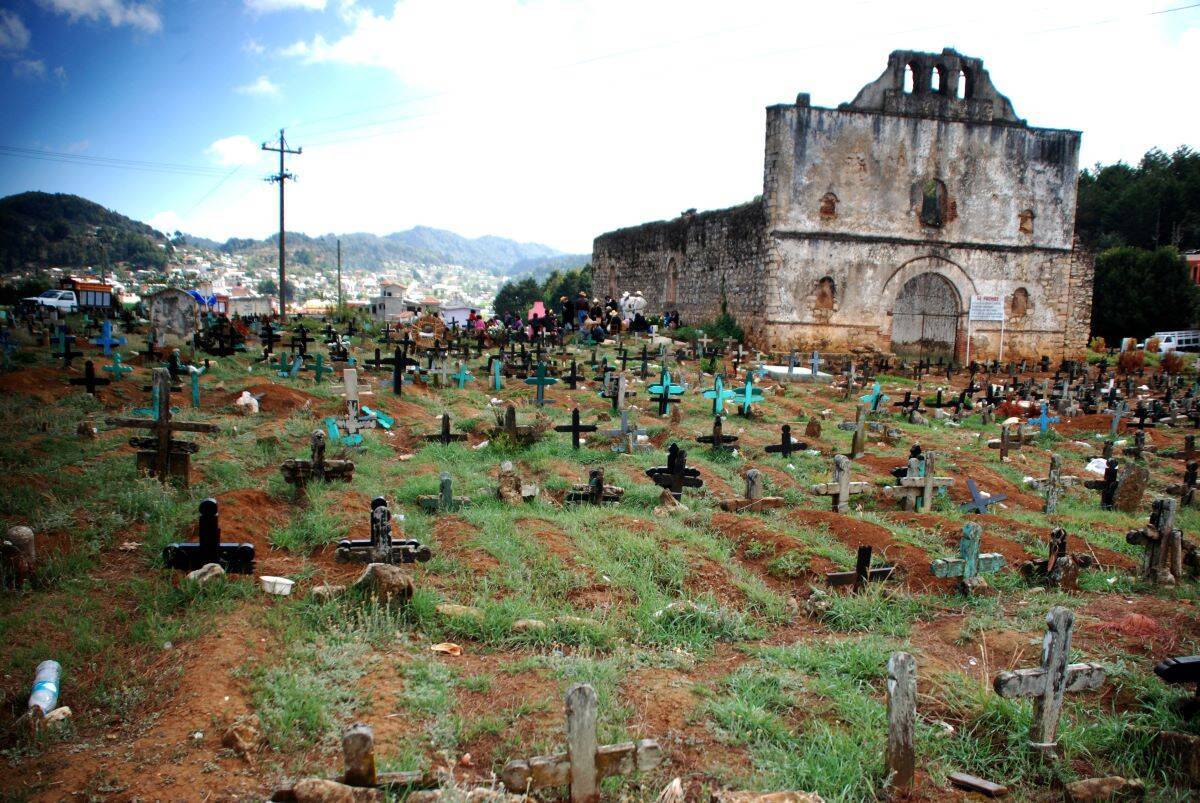
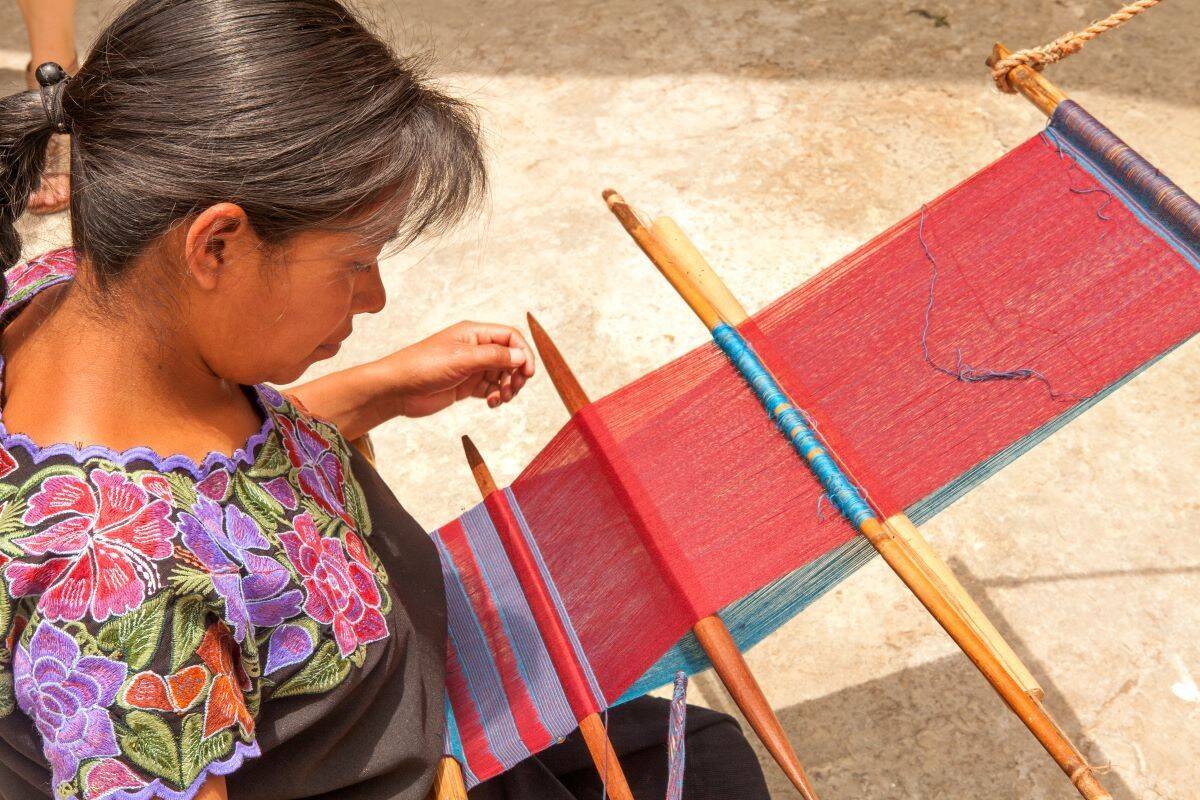
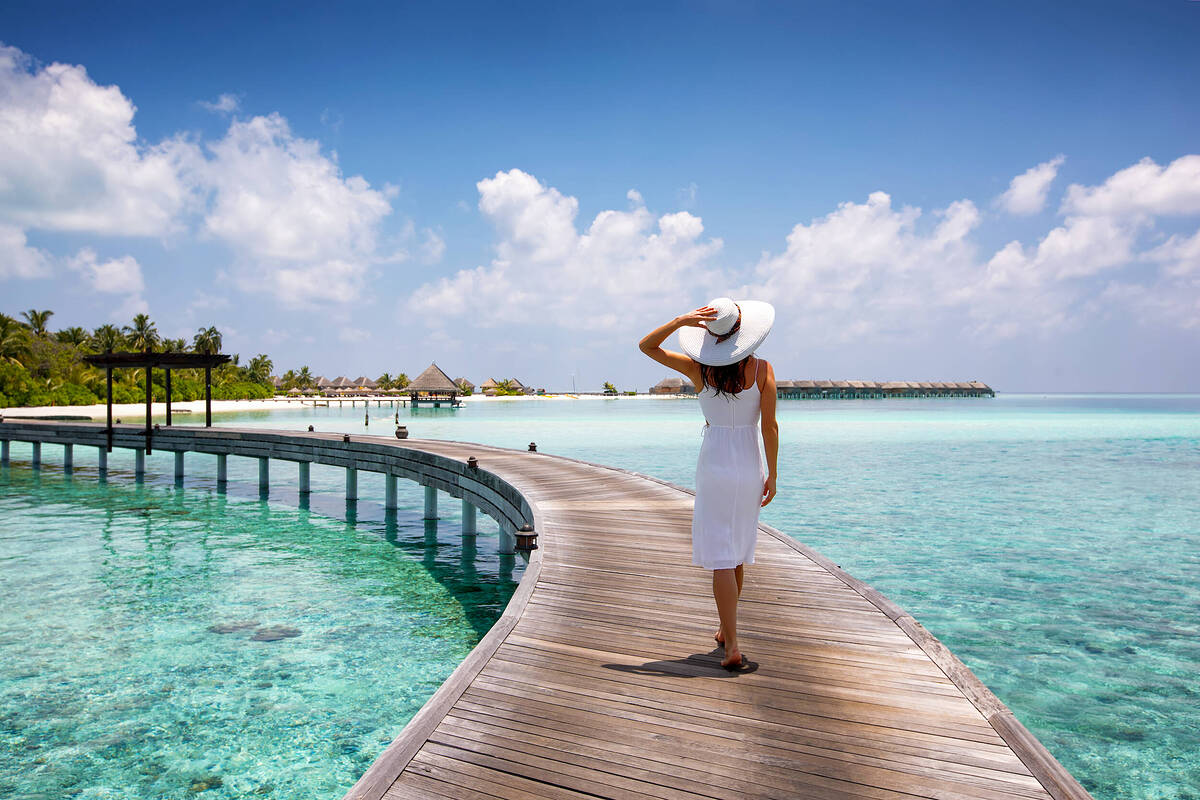

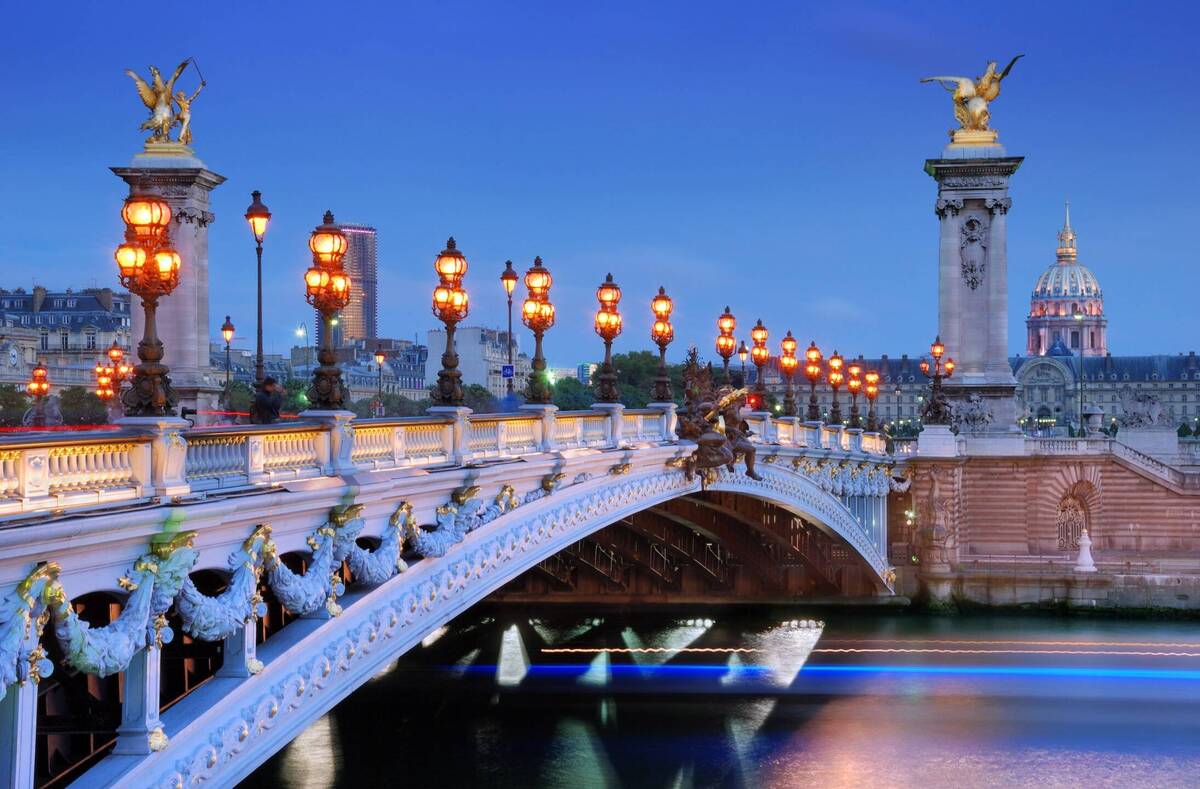













Comments